In the south polar region of the Moon, architects at SOM–Skidmore, Owings & Merrill have envisioned a Moon Village. In collaboration with ESA–European Space Agency and MIT–Massachusetts Institute of Technology, the debut of Moon Village at the 17th International Architecture Exhibition of La Biennale di Venezia kicked off an initiative of returning to the Moon five decades after humans first set foot on its surface. Visualized on the rim of the Moon’s Shackleton Crater, the location was chosen with consideration for the near-continuous daylight it receives throughout the lunar year.
Primarily conceived of as a cluster of research stations, Moon Village would host an array of functions spanning from sustainability research opportunities to the future prospect of Moon tourism. The south polar region of the Moon supports the possibility of a self-sufficient settlement, receiving near eternal sunlight that could be harnessed and stored for energy. This part of the Moon also hosts a variety of untouched matter that could offer insight into the Solar System’s early history as well as the general emergence of our larger universe.
Above all else, the structure of each individual hub comprises a modular frame and protective exterior to cater to the varied projects taking place inside. Most of the action would be taking place in each structure’s open centralized space, leaving room for the supportive framework, made from titanium alloy to be built into each building’s perimeter. Describing the structure’s blueprint, the architects at SOM say, “The innovative structural design of the modules is a hybrid rigid-soft system, made of two key elements: a rigid composite perimeter frame and an inflatable structural shell that integrates a multi-layer assembly with an environmental protection system.”
SOM decided on an inflatable shell and rigid, if not a minimal internal framework to easily transport each structure’s building materials by rocket. The combination of a rigid framework and inflatable structural shell, made from open-foam polyurethane and double-aluminized Mylar for insulation, was also chosen by SOM to adapt to internal and external environmental conditions, optimize airflow, and maintain transparent working spaces, while the free centralized volume promotes efficiency and mobility for research projects.
Designer: SOM–Skidmore, Owings & Merrill
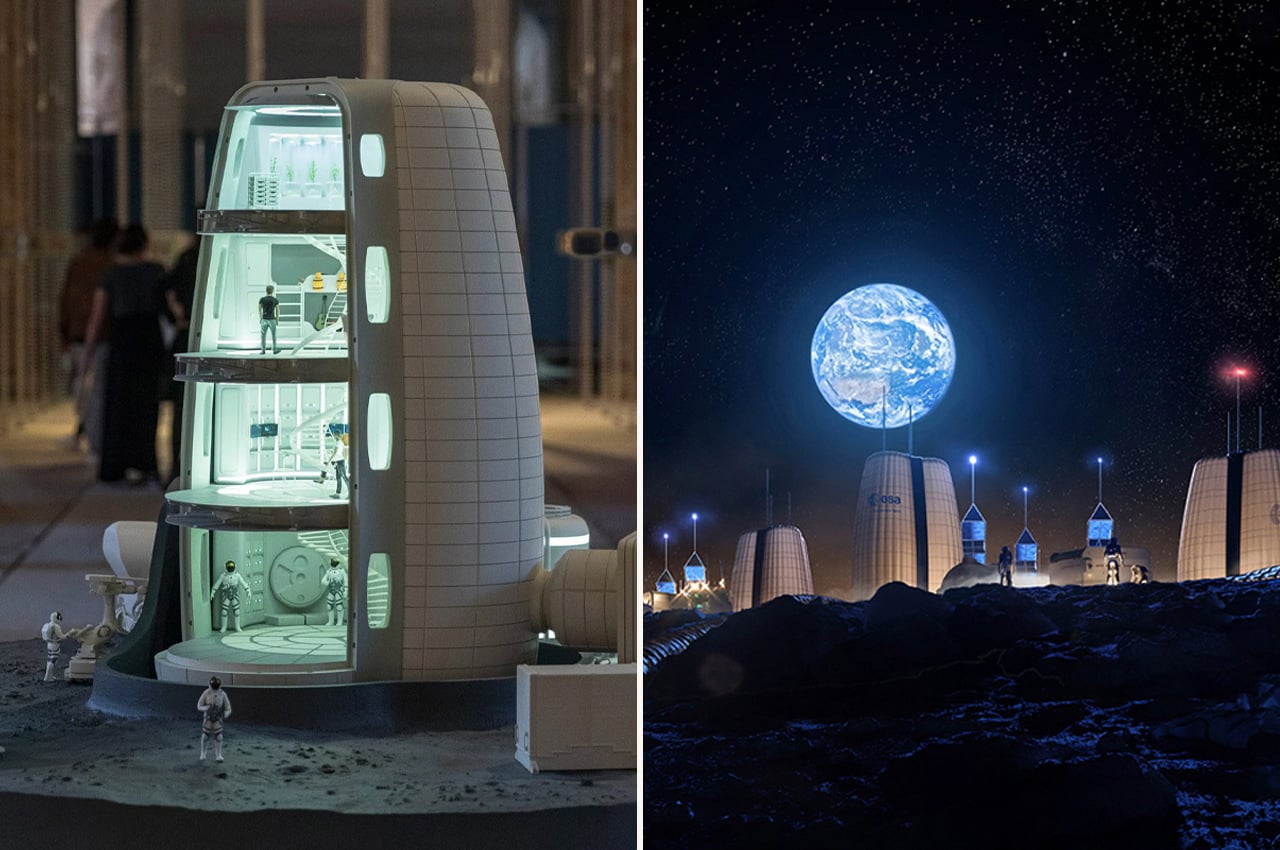

Located in the south polar region of the Moon, SOM’s Moon Village would harness energy from the sun to generate their research facilities.
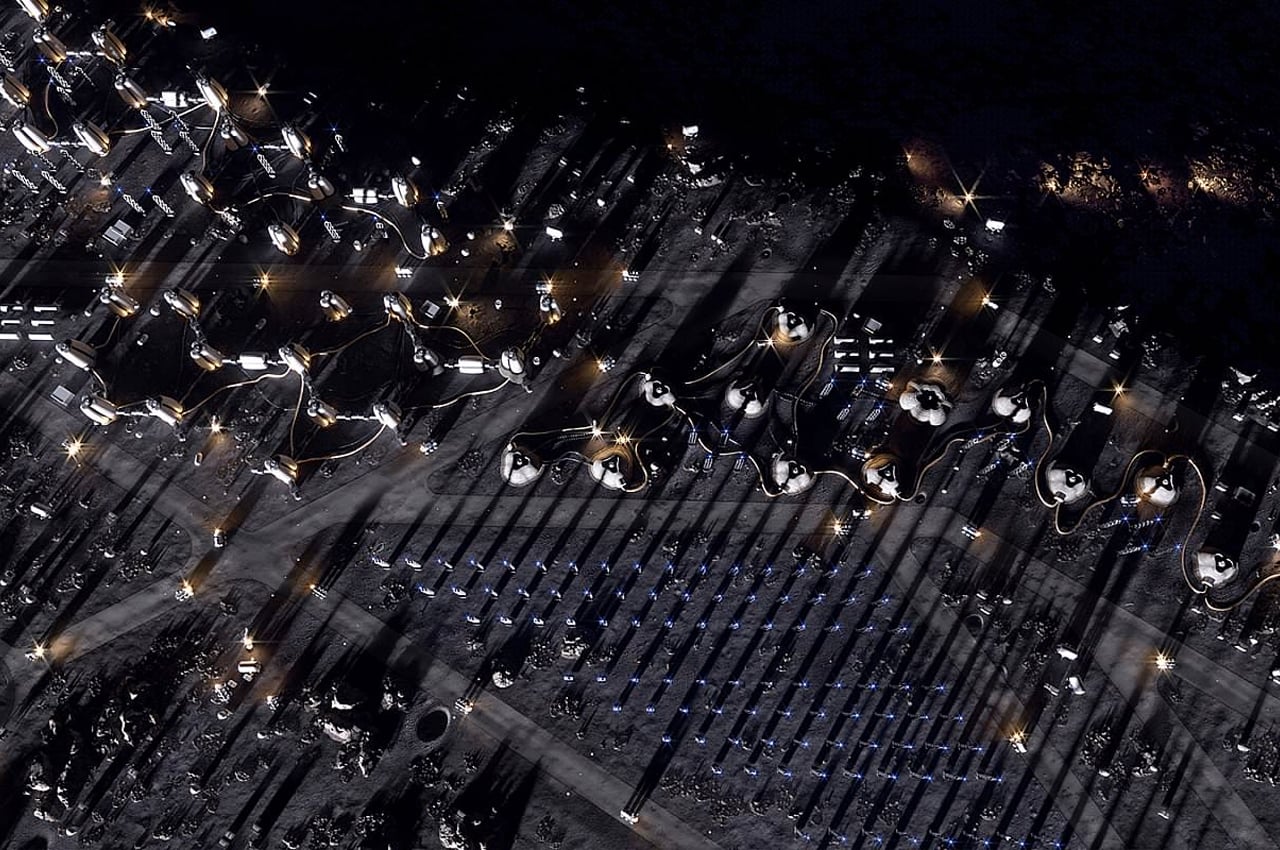
Comprising a cluster of Moon Villages, SOM intended for a human-centric design when developing Moon Village.
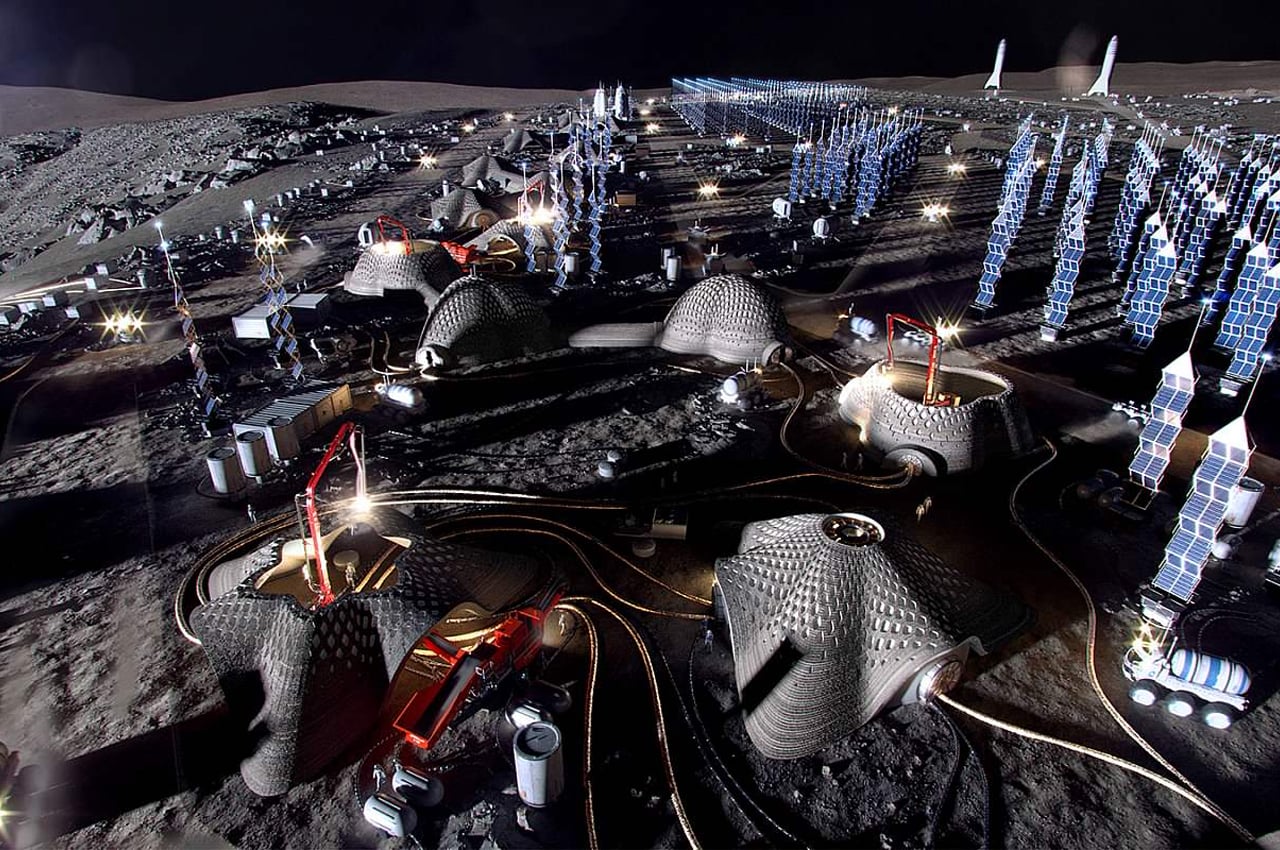
SOM envisions solar towers to form grids around Shackleton Crater and harness the sunlight’s energy.
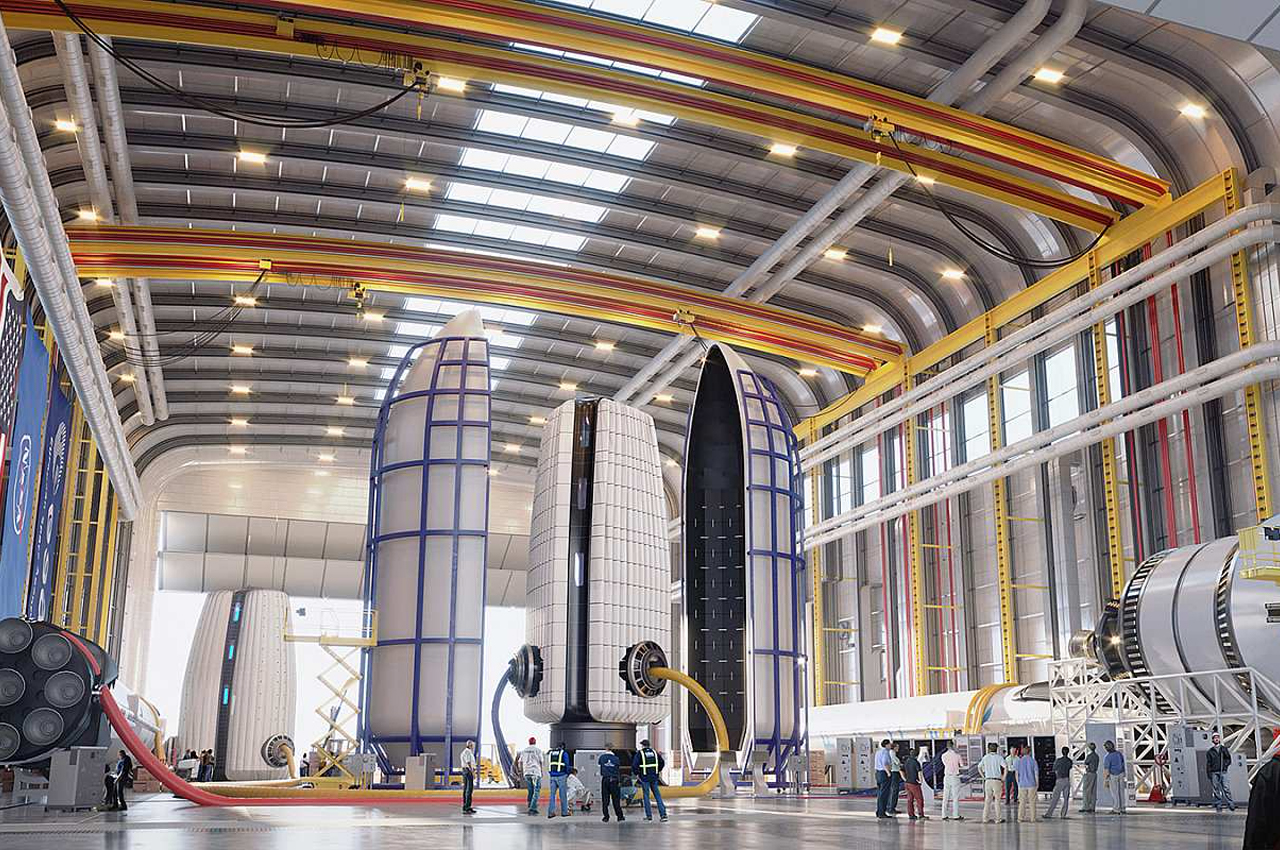

Inside, an open centralized volume will leave plenty of room for efficient working and unrestricted mobility.
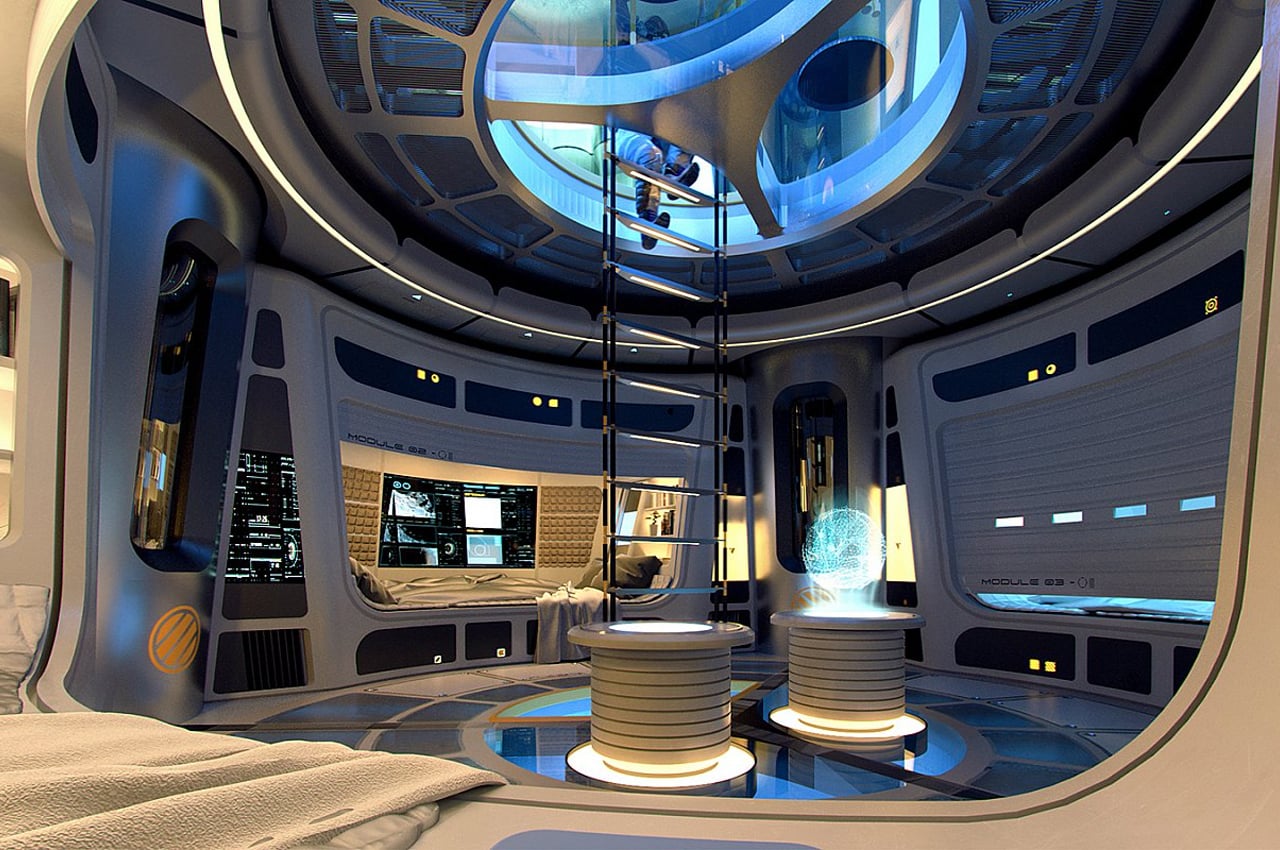
The main internal structure will be located in the perimeter of each structure.
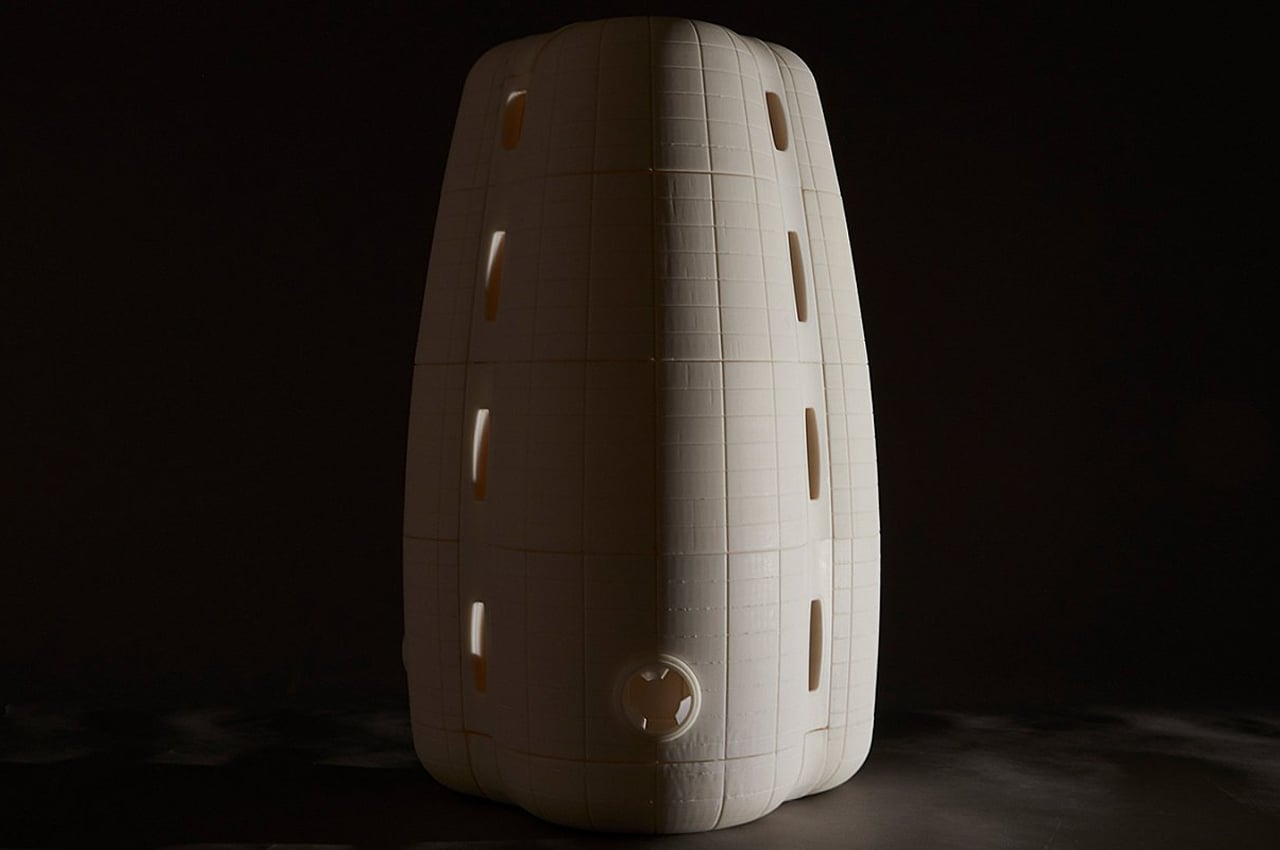
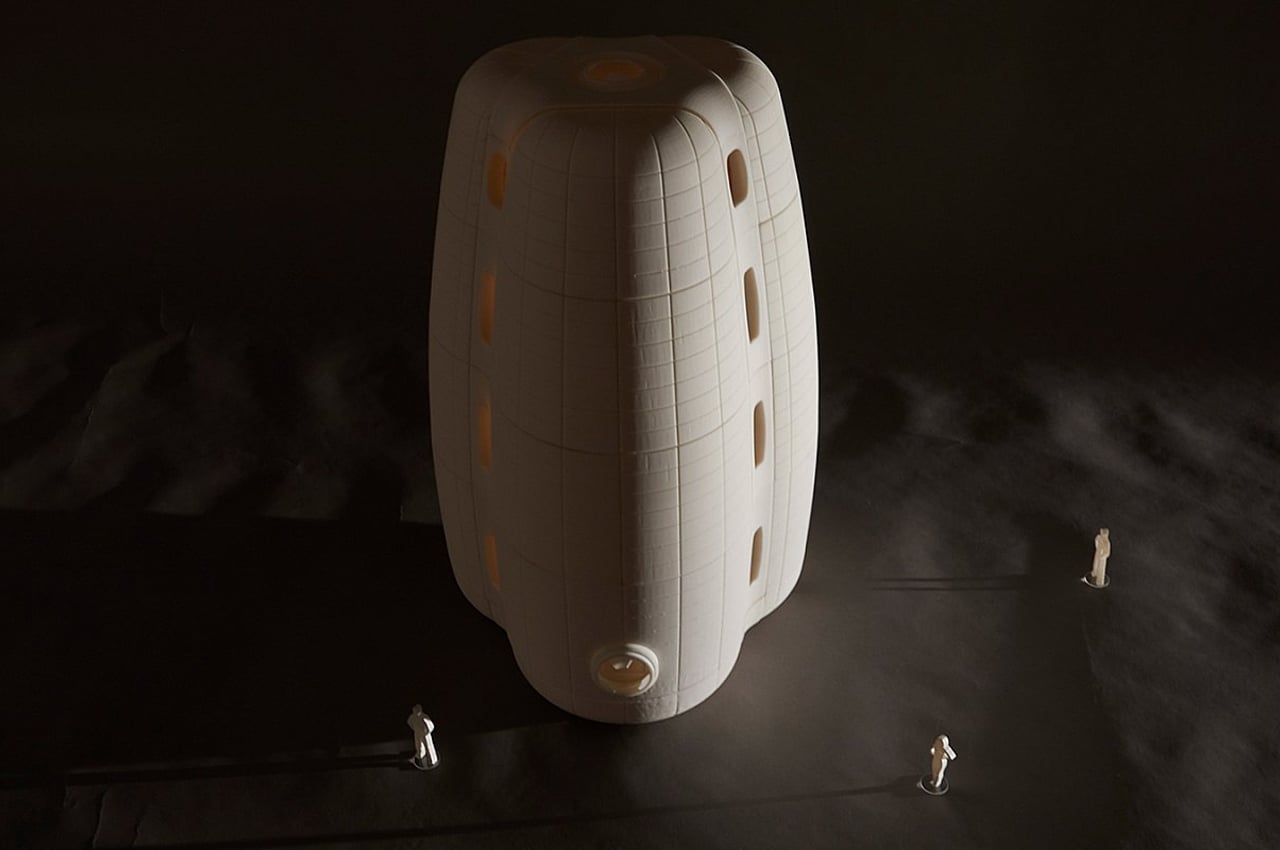
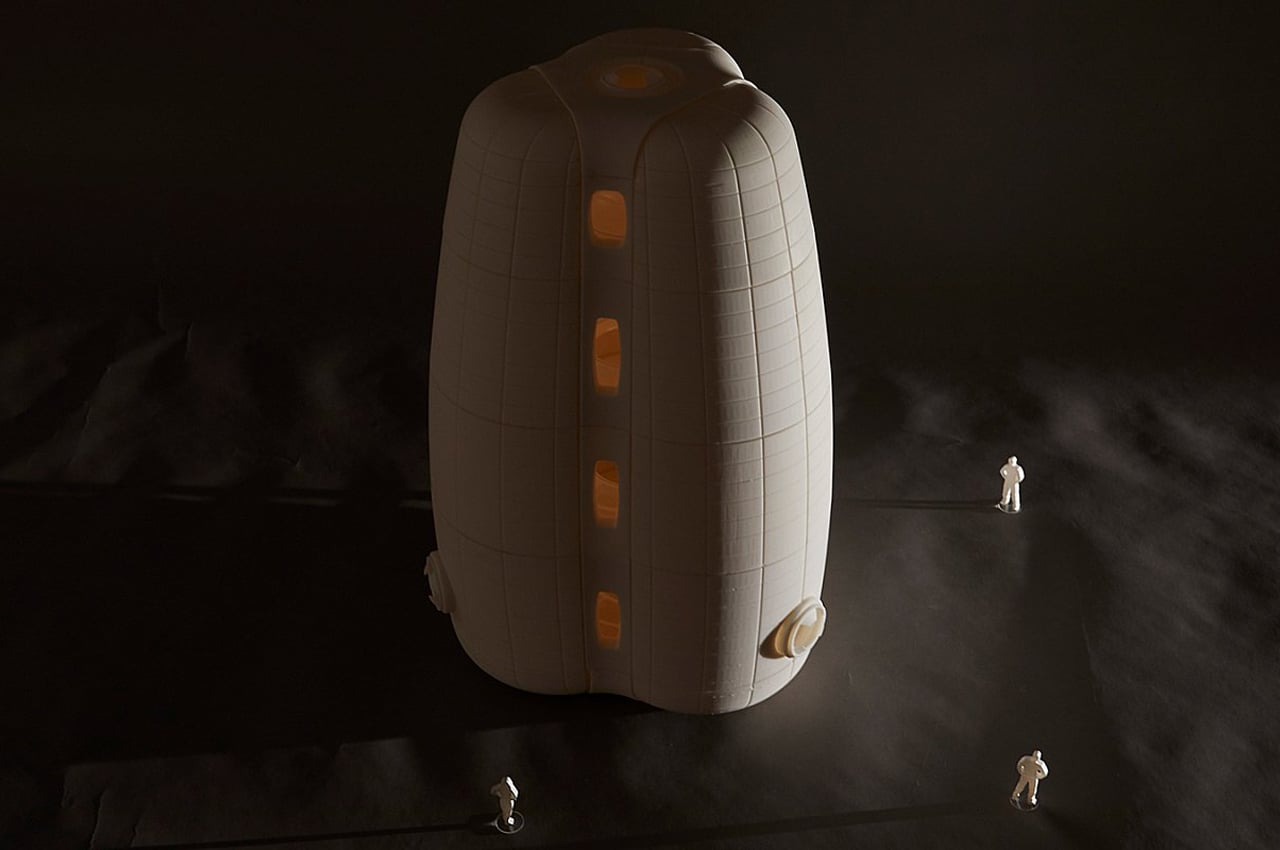
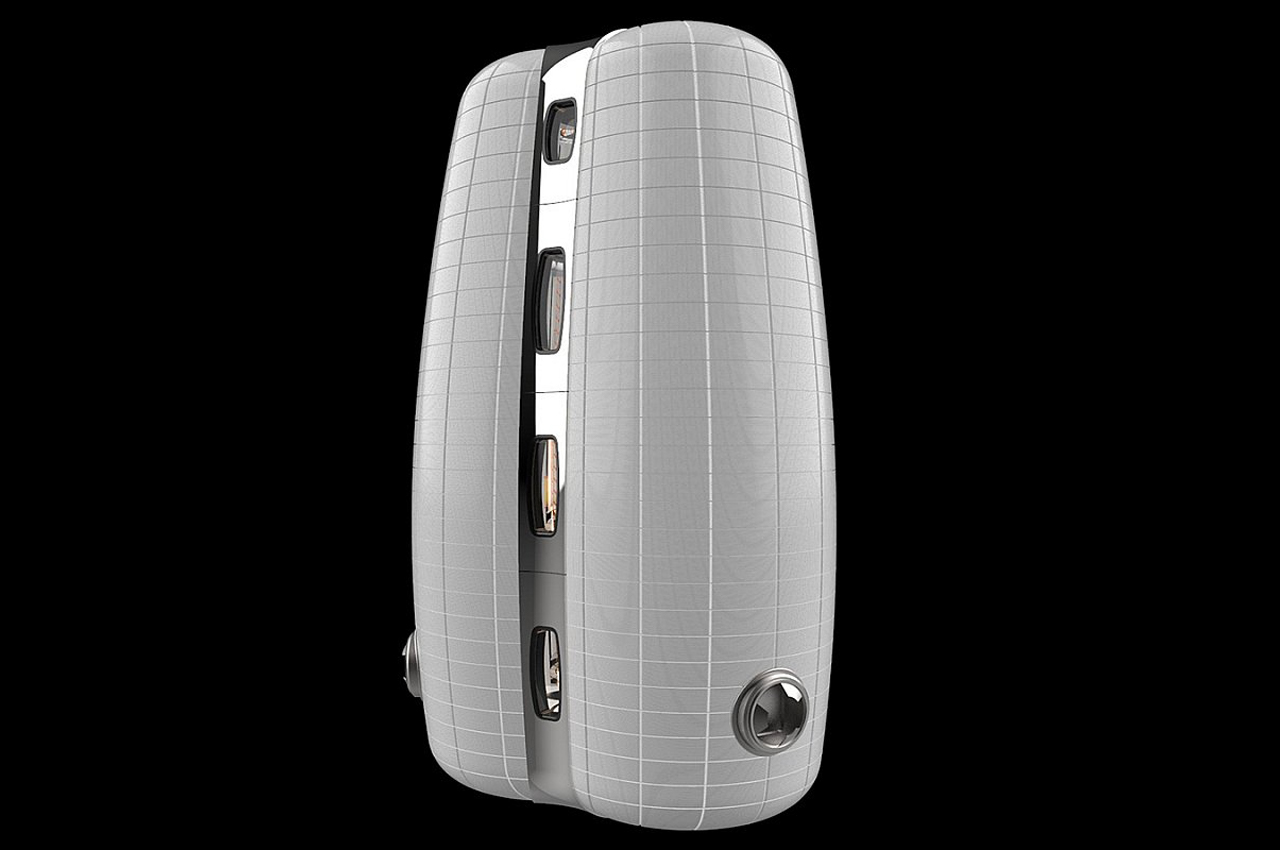
An external, inflatable structural shell will protect Moon Village hubs from micrometeorites.

The internal framework of Moon Village’s research hubs will ensure the structure’s stability and soundness.
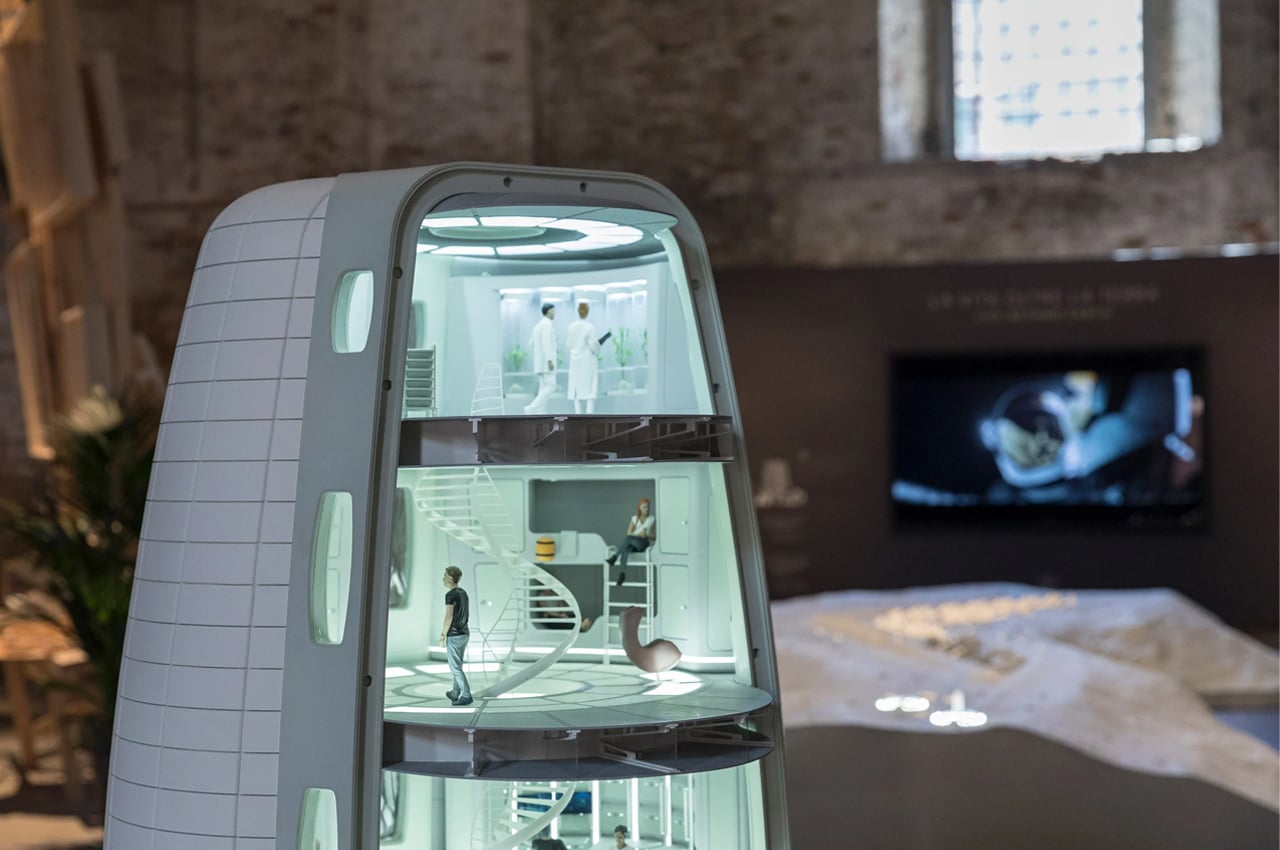

The 17th International Architecture Exhibition of La Biennale di Venezia hosted Moon Village’s model debut.
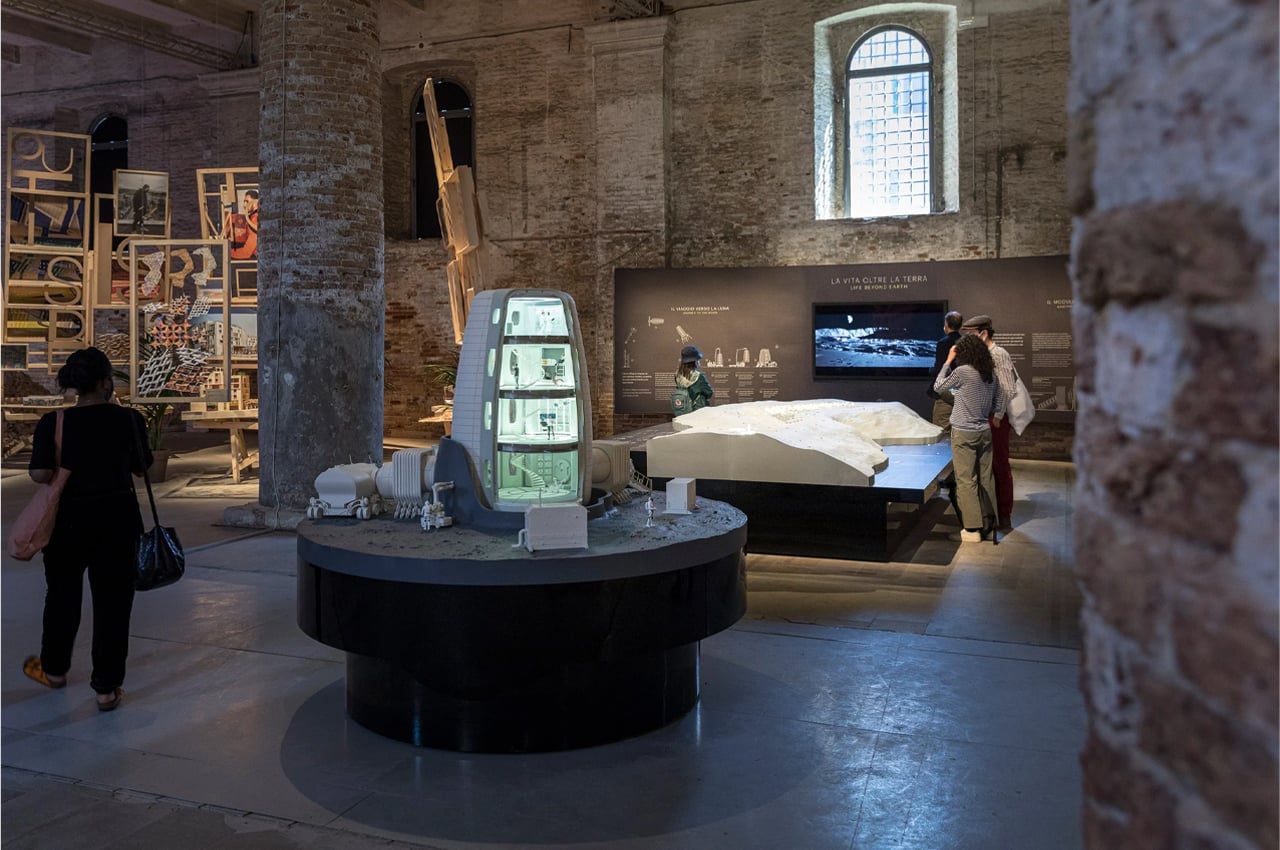
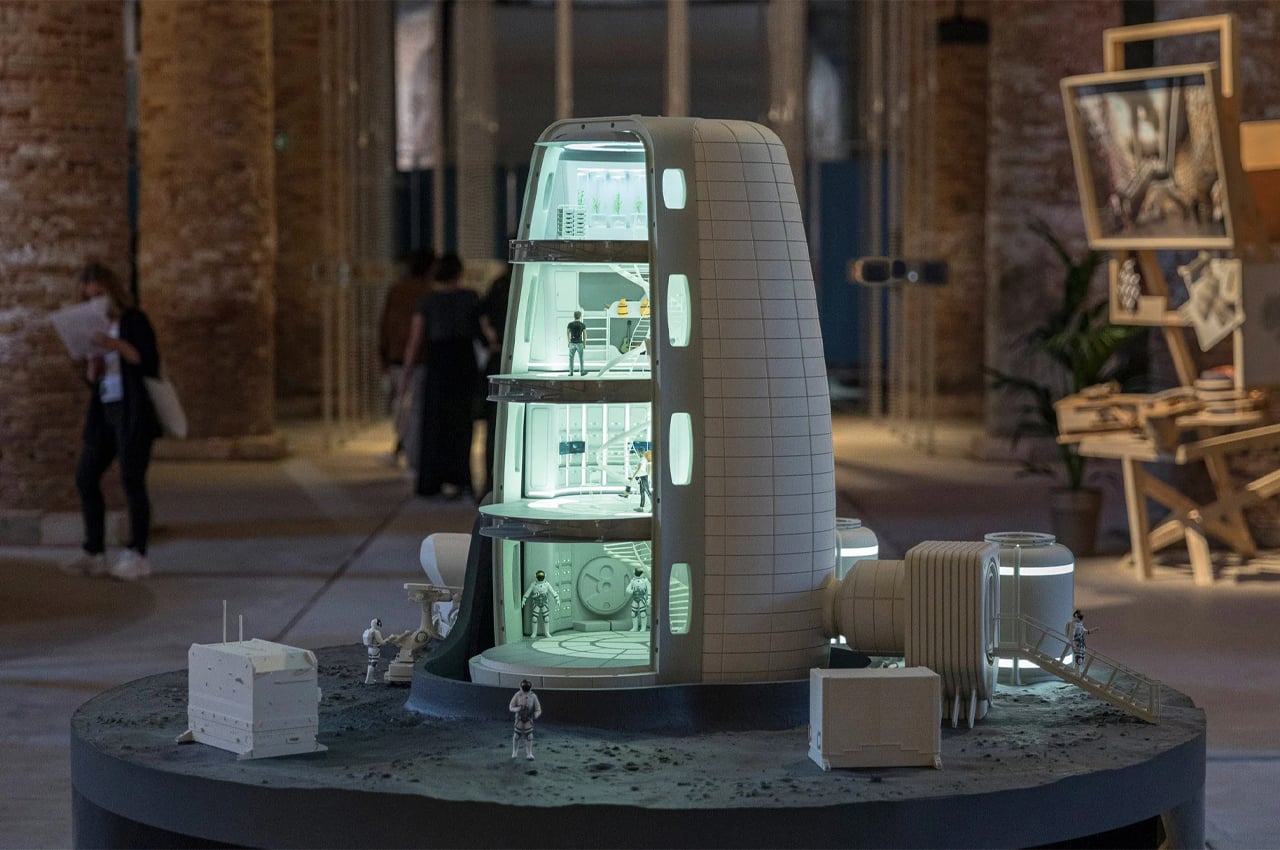
 For the first time, scientists have observed signs of plasma "flowing, splashing and sloshing" in a galaxy cluster. This kind of motion has been predicted, but it was only theoretical. Now, with data on how the plasma moves, researchers hope to disco...
For the first time, scientists have observed signs of plasma "flowing, splashing and sloshing" in a galaxy cluster. This kind of motion has been predicted, but it was only theoretical. Now, with data on how the plasma moves, researchers hope to disco...
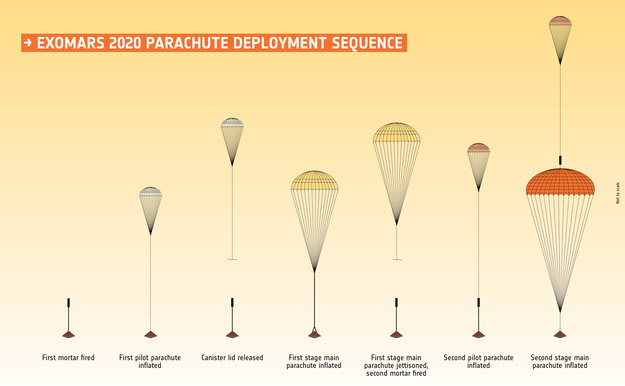 A joint mission between the European and Russian space agencies to deliver a rover to Mars is facing another setback. The European Space Agency (ESA) confirmed that parachutes for the ExoMars lander mission failed a second test that was conducted las...
A joint mission between the European and Russian space agencies to deliver a rover to Mars is facing another setback. The European Space Agency (ESA) confirmed that parachutes for the ExoMars lander mission failed a second test that was conducted las...
 The European Space Agency (ESA) hopes to photograph a yet-to-be-discovered comet as it approaches Earth's orbit for the first time. To do so, it's developing "Comet Interceptor," a composite made of three individual spacecraft, which will separate to...
The European Space Agency (ESA) hopes to photograph a yet-to-be-discovered comet as it approaches Earth's orbit for the first time. To do so, it's developing "Comet Interceptor," a composite made of three individual spacecraft, which will separate to...
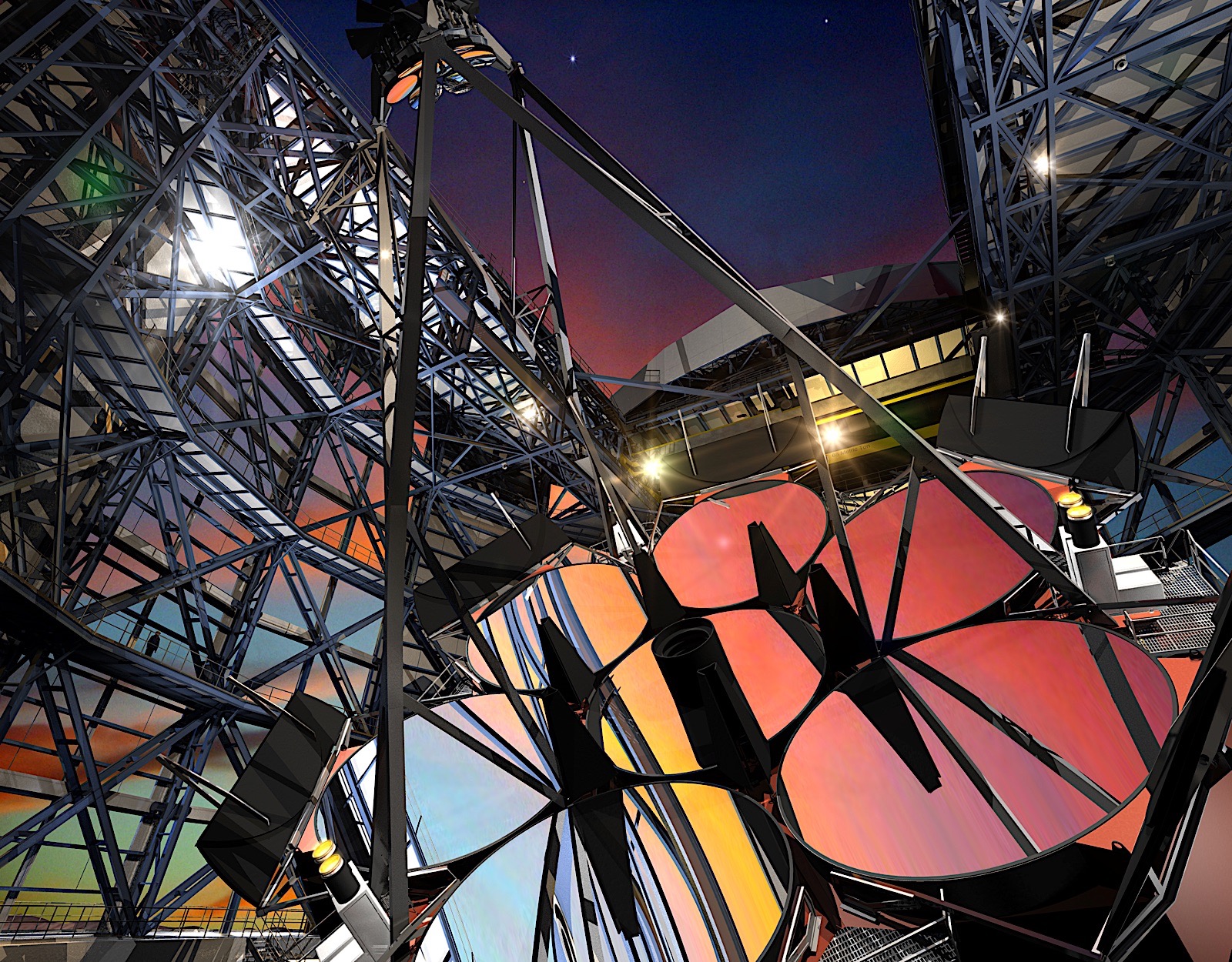 In the predawn hours of September 20th, 2017, the cavernous hangar doors of the Richard F. Caris Mirror Lab at the University of Arizona slowly swung open and the first of seven gargantuan mirrors passed through on its way to the Las Campanas Observa...
In the predawn hours of September 20th, 2017, the cavernous hangar doors of the Richard F. Caris Mirror Lab at the University of Arizona slowly swung open and the first of seven gargantuan mirrors passed through on its way to the Las Campanas Observa...
 After six years in space, China's first orbital station, the Tiangong-1 (aka the "Heavenly Palace") has finally outlived its operational limits and begun its descent back to Earth. It's expected to re-enter the atmosphere in a few months, whereupon a...
After six years in space, China's first orbital station, the Tiangong-1 (aka the "Heavenly Palace") has finally outlived its operational limits and begun its descent back to Earth. It's expected to re-enter the atmosphere in a few months, whereupon a...
 Captain Scott Kelly wasn't kidding when he famously quipped that "space is hard". Even getting to the launch pad can prove to be a daunting challenge. Take the Cassini mission to study Saturn, for example. Despite an investment of $3.4 billion and ne...
Captain Scott Kelly wasn't kidding when he famously quipped that "space is hard". Even getting to the launch pad can prove to be a daunting challenge. Take the Cassini mission to study Saturn, for example. Despite an investment of $3.4 billion and ne...
 The ESA's EXOMARS Schiaparelli lander crashed into the Red Planet's crust at more than 300 kph on October 19th, marking not only the end of its mission but also the surface itself. NASA's Mars Reconnaissance Orbiter (MRO) spotted the impact site quic...
The ESA's EXOMARS Schiaparelli lander crashed into the Red Planet's crust at more than 300 kph on October 19th, marking not only the end of its mission but also the surface itself. NASA's Mars Reconnaissance Orbiter (MRO) spotted the impact site quic...
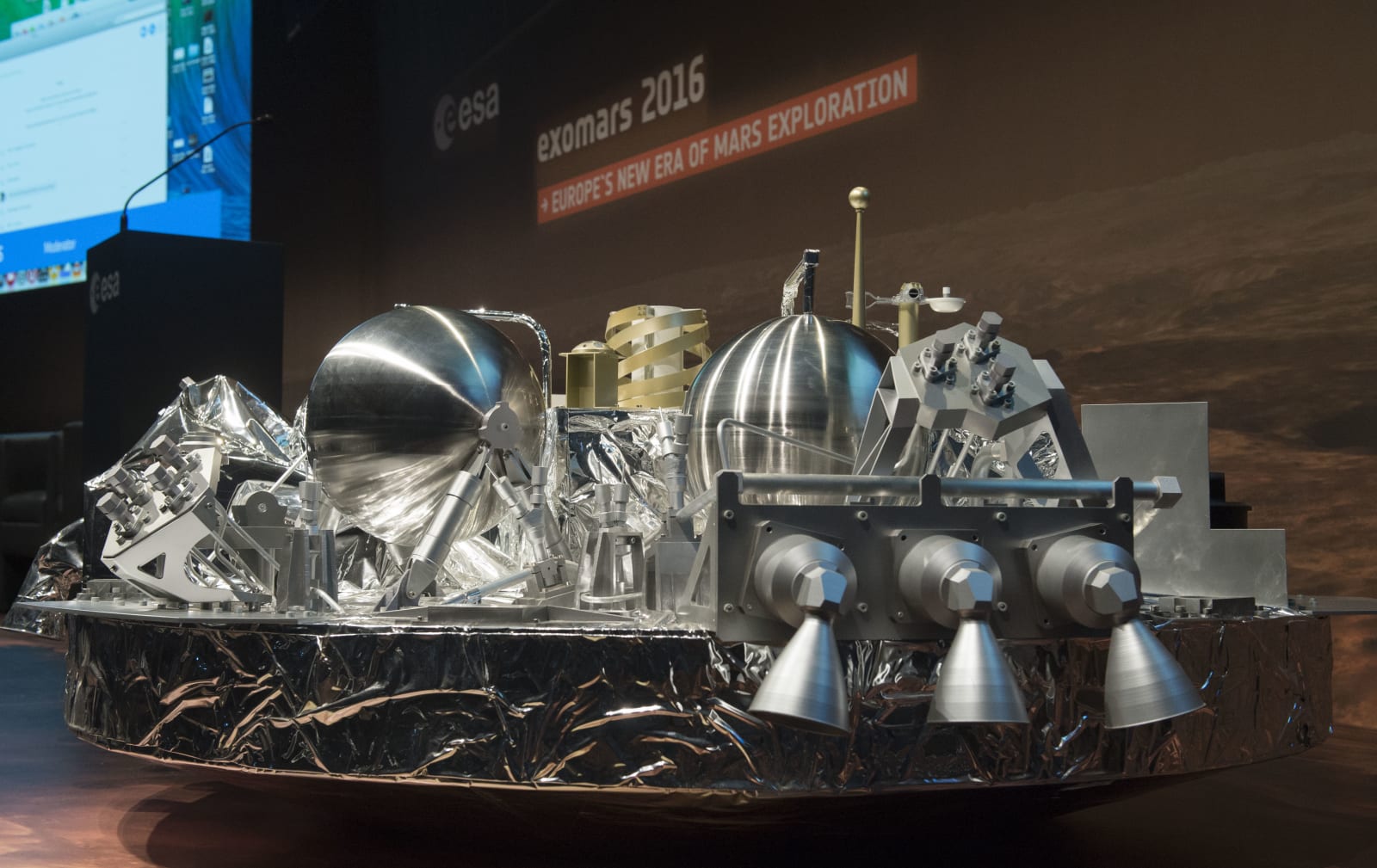 After a seven-month trip, the European Space Agency announced on Wednesday that its Schiaparelli module, ExoMars mission's landing craft, has deployed to the surface of Mars. The module jettisoned itself from its partner craft, the Trace Gas Orbiter,...
After a seven-month trip, the European Space Agency announced on Wednesday that its Schiaparelli module, ExoMars mission's landing craft, has deployed to the surface of Mars. The module jettisoned itself from its partner craft, the Trace Gas Orbiter,...